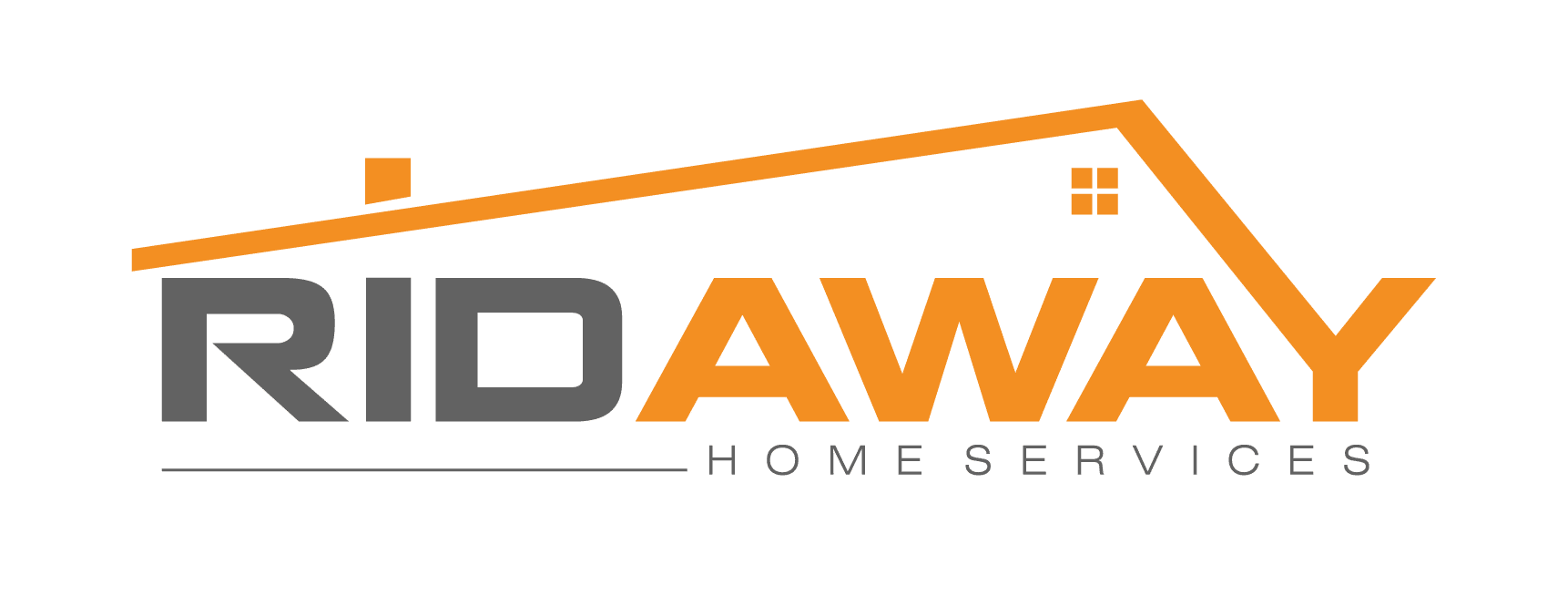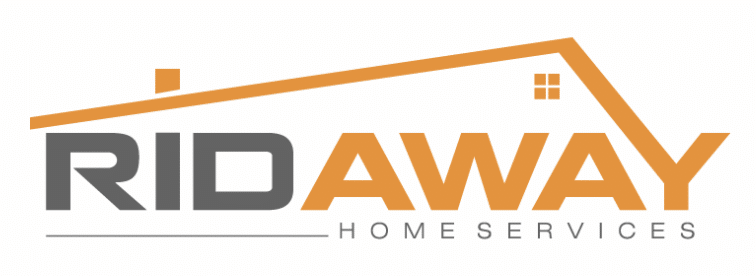Wilmington's warm, humid climate facilitates mold growth in homes, particularly those without proper maintenance. When purchasing a house in 2025, mold is an issue you should pay attention to. It can harm the house and impact your health.
Here’s how to identify the warning signs before you extend an offer.
Signs of Mold in Homes
Mold may not always be apparent, yet there are indicators you can check for:
A smell of dampness or mustiness
Ceilings, walls, or floors with water stains
Flaking paint or blistering drywall
Mold stains near windows, vents, or baseboards
Condensing on walls or glass
Previous inundations or water leaks
More frequent allergies or respiratory issues indoors
Key Areas to Check for Mold in Home
Certain areas of the house are more prone to harbor concealed mold. Make sure to verify these:
Basement and Crawl Space: These zones retain moisture. If they have a musty smell or feel moist, there could be mold.
Attic: Check for indications of roof leaks, damp insulation, or discoloration around vents.
Bathrooms: Inspect the areas around sinks, tubs, and toilets. Due to inadequate ventilation, this area is prone to mold growth.
Laundry Room: Check behind the washing machine and the dryer. These rooms often lack sufficient airflow.
Kitchen: Inspect under the sink and behind the fridge for any leaks or stains.
Windows and Doors: Inspect sills or frames for mold, particularly where paint is peeling or wood is warped.
Health Risks Associated with Mold
The following are frequent health problems associated with mold exposure:
Allergies: Symptoms include sneezing, a runny nose, itchy eyes, and skin rashes.
Respiratory Issues: Coughing, wheezing, or feeling short of breath
Asthma Attacks: Mold can induce or exacerbate asthma, particularly among children.
Sinus problems: Recurrent headaches or sinusitis
Fatigue: Prolonged exposure can lead to feelings of tiredness or difficulties with concentration.
What to Do If You’re Unsure
If something seems amiss but you can’t verify mold, here’s what to do:
Engage a mold inspector: Standard home inspections might not include mold assessment. Request a person who verifies moisture levels and air quality.
Inquire of the Seller: Has the house ever experienced leaks or water damage? When were the most recent repairs performed?
Examine Recent Repairs: If there’s fresh paint or new drywall in certain areas, it might be hiding mold damage.
Call a Professional: If you discover mold or suspect a larger problem, don’t attempt to deal with it by yourself. RidAway is a well-known brand in Massachusetts for mold eradication and inspection. RidAway is a certified mold removal service approved by the EPA, managing inspections, cleanups, and complete remediation. They are quick, adhere to safety regulations, and complete the task correctly.

